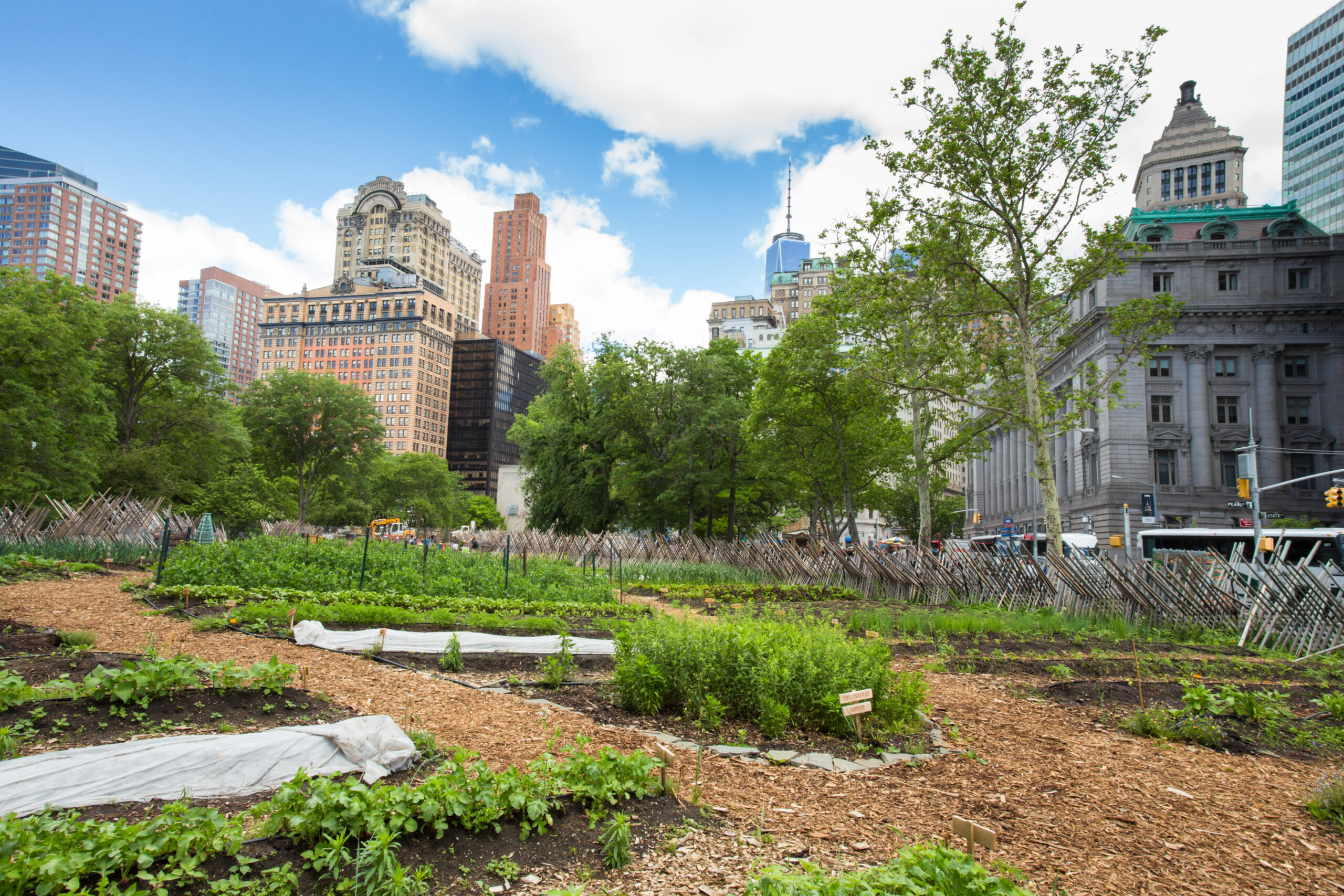City Blooming Fundamentals Explained
City Blooming Fundamentals Explained
Blog Article
The Buzz on City Blooming
Table of ContentsCity Blooming Can Be Fun For AnyoneGetting My City Blooming To WorkCity Blooming - QuestionsThe smart Trick of City Blooming That Nobody is Talking AboutAll About City Blooming
Fascinated in expanding food available in the City of Chicago? Believing concerning starting a community garden? Changes to the Chicago Zoning Statute allow agricultural usages like area gardens and metropolitan farms in many components of the city. Below is a list of frequently asked concerns concerning the rules and policies that cultivators need to take into consideration when intending an urban farming project.
The zoning amendment does not modify any various other codes handling composting, structure licenses, purchasing or leasing City owned residential property, service licenses or environmental contamination. There are existing codes that manage these concerns and they stay in full result and might apply to your task. Area yards are commonly owned or taken care of by public entities, civic organizations or community-based companies and kept by volunteers.
Urban farms grow food that is planned to be marketed, either on a not-for-profit or for-profit basis. Due to their business function, city ranches require a business permit.
Little Known Facts About City Blooming.
Composting is allowed however only for plant material that is produced and made use of on website. The amount of garden compost material can not surpass 25 cubic lawns at any type of provided time according to the requirements in 7-28-715 of the City's Municipal Code. Yes. Due to the fact that the soil at a lot of brand-new yard websites requires changing, garden compost, dirt, timber chips, or various other products can be acquired to construct or improve the expanding space - balcony and patio garden design.

If a building license is required after that the hoophouse will certainly be considered an accessory structure. You can discover even more regarding the structure license demands by contacting the Department of Buildings. The 25,000-square-foot size limit is planned to avoid a single community garden from dominating an offered block or interfering with the block's existing domestic or business character.
The restriction does not apply to gardens situated in Public Open Space (POS) areas. Can there be more than one area yard that is 25,000 square feet on a single block? Secure fencing is not called for, nevertheless, yards that have large parking areas may be needed to install secure fencing or various other landscape design functions.
Little Known Facts About City Blooming.
B1 & B2 areas require that all industrial usage activities be carried out inside. R areas restrict commercial activity. The guidelines mirror the purpose and intent of the Zoning Code. Is secure fencing needed for urban ranches? Yes. Fencings might be called for, in addition to landscaping and screening, for specific parking lot and exterior job or storage areas depending upon place and the particular task taking location.
Yes. Urban ranches call for building permits and zoning authorizations before building and construction. Other forms of city review may be required depending upon specific structures, activities, dimension, landscaping, licensing, public heath and stormwater administration concerns. A number of these needs are determined in the job design or permitting process, nevertheless, the applicant may be accountable to individually recognize details licenses or permits that may be needed.
The Division of Organization Affairs and Consumer Security can assist establish the details kind of service certificate that's needed. Off road car park is needed for most commercial tasks in Chicago. The called for number of vehicle parking spaces is based on the number of workers functioning on site and not the square footage of the growing area.
The Basic Principles Of City Blooming

An urban ranch can offer compost material created on site, nonetheless, the procedure needs to conform with the guidelines in 7-28-715 of the Chicago Municipal Code. Aquaponic systems are permitted inside on city farms in numerous zoning areas.
Up to five hives or nests of honey bees might be maintained as an accessory usage. However, beekeepers need to register with the Illinois Department of Agriculture. To find out more about the recommended zoning amendment you might contact the Department of Real Estate and Economic Development, Bureau of Planning and Zoning at 312.744.8563.
Farming in cities click this site and metropolitan locations A city farm in Chicago. Urban farming refers to numerous techniques of cultivating. https://www.openstreetmap.org/user/cityblooming, handling, and distributing food in city locations. The term also puts on the location activities of animal husbandry, aquaculture, beekeeping, and gardening in a metropolitan context. Urban farming is distinguished from peri-urban agriculture, which takes place in country areas beside residential areas.
See This Report about City Blooming
, that seek to develop social networks founded on a common principles of nature and area holism. These networks can create by way of official institutional support, ending up being integrated into neighborhood town planning as a "transition community" activity for lasting metropolitan advancement.
Some of the first evidence of city farming comes from Mesopotamia.
Report this page